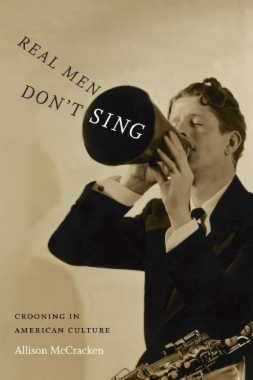Those caught in the grip of porn may withdraw in shame and despair, thinking there is no hope. Author Marcel LeJeune shows readers that the road to freedom from pornography cannot and should not be traveled alone.LeJeune offers scientific evidence of the addictive and destructive power of pornography, and provides resources and suggestions for keeping your home and family safe.

